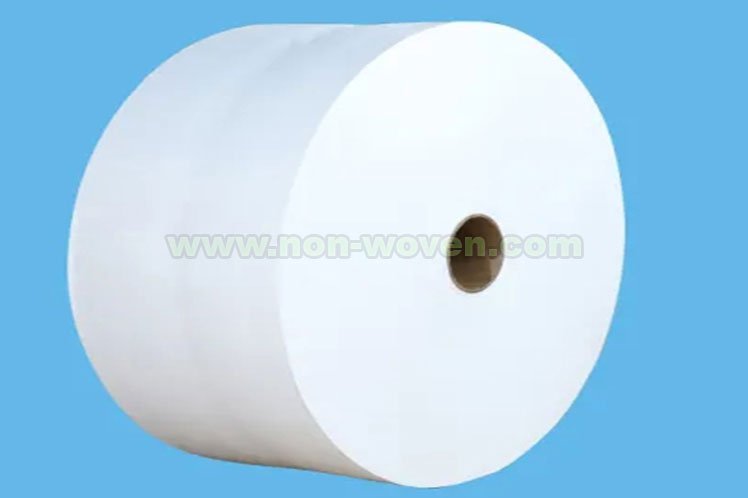Introduction
A non woven cloth material is a fabric that is made from long, tangled fibers. It is a material that is often used in place of traditional fabrics, such as cotton, linen, and wool. Non woven cloth materials are often used in applications where traditional fabrics would be too heavy or bulky.learn more(wikipedia)
Some of the most common uses for non woven cloth materials include:
– Disposable diapers
– Shopping bags
– Medical gowns and surgical masks
– Filter materials
Non woven cloth materials are made from a variety of different fibers, including:
– Polypropylene
– Polyester
– Nylon
– viscose
The benefits of using a non woven cloth material include:
– They are lightweight and breathable
– They are absorbent
– They are economical
– They are easy to manufacture
Non woven cloth materials are changing the way we live and work. To learn more about this versatile material, read on!
What is Non Woven Cloth Material?
Non woven cloth material is a type of fabric that is made from long tangled fibers. It is often used to replace traditional fabrics, such as those made from cotton, linen, and wool. Non woven cloth materials are often lighter and less bulky than traditional fabrics, making them ideal for applications where traditional materials would be too heavy. Non woven cloth materials are made from a variety of different fibers, including polypropylene, polyester, nylon, and viscose.
How Non Woven Cloth Material is Made
Non woven cloth materials are made by bonding together the individual fibers through a process known as thermal bonding. During this process, the fibers are heated up and pressed together with a small amount of pressure. This bonding process creates a strong, durable material that is both flexible and washable. The fibers used to create a non woven cloth material are selected based on the desired properties of the material, such as strength, absorbency, and fire resistance.
The Benefits of Using Non Woven Cloth Material
Non woven cloth materials are becoming increasingly popular due to their many benefits. For example, they are lightweight and breathable, which makes them ideal for use in garments and apparel. They are also absorbent, meaning they can be used in medical applications as a barrier against bacteria and other particles. On top of that, non woven cloth materials are economical and easy to manufacture, making them a great choice for industries that need quality materials at a low cost.
The Impact of Non Woven Cloth Material on the Environment
Non woven cloth materials are becoming increasingly popular due to their environmental benefits. Since they are composed of long tangled fibers, they are biodegradable and require fewer resources to produce than traditional fabrics. Nonwoven cloth materials also require fewer chemicals and dyes to be used during their production process, reducing their environmental impact even further. Additionally, they are designed to be reused and recycled, making them a great choice for industries that are looking to reduce their carbon footprint.
The Future of Non Woven Cloth Material
Non woven cloth material has already revolutionized the way that many industries manufacture their products. As manufacturers have begun to recognize the versatility of this material, more and more applications have been discovered. In the future, we can expect to see non woven cloth material used in everything from packaging to furniture upholstery. As manufacturers continue to experiment with this innovative material, we can expect to see an even wider range of applications for nonwoven cloth material in the future.

